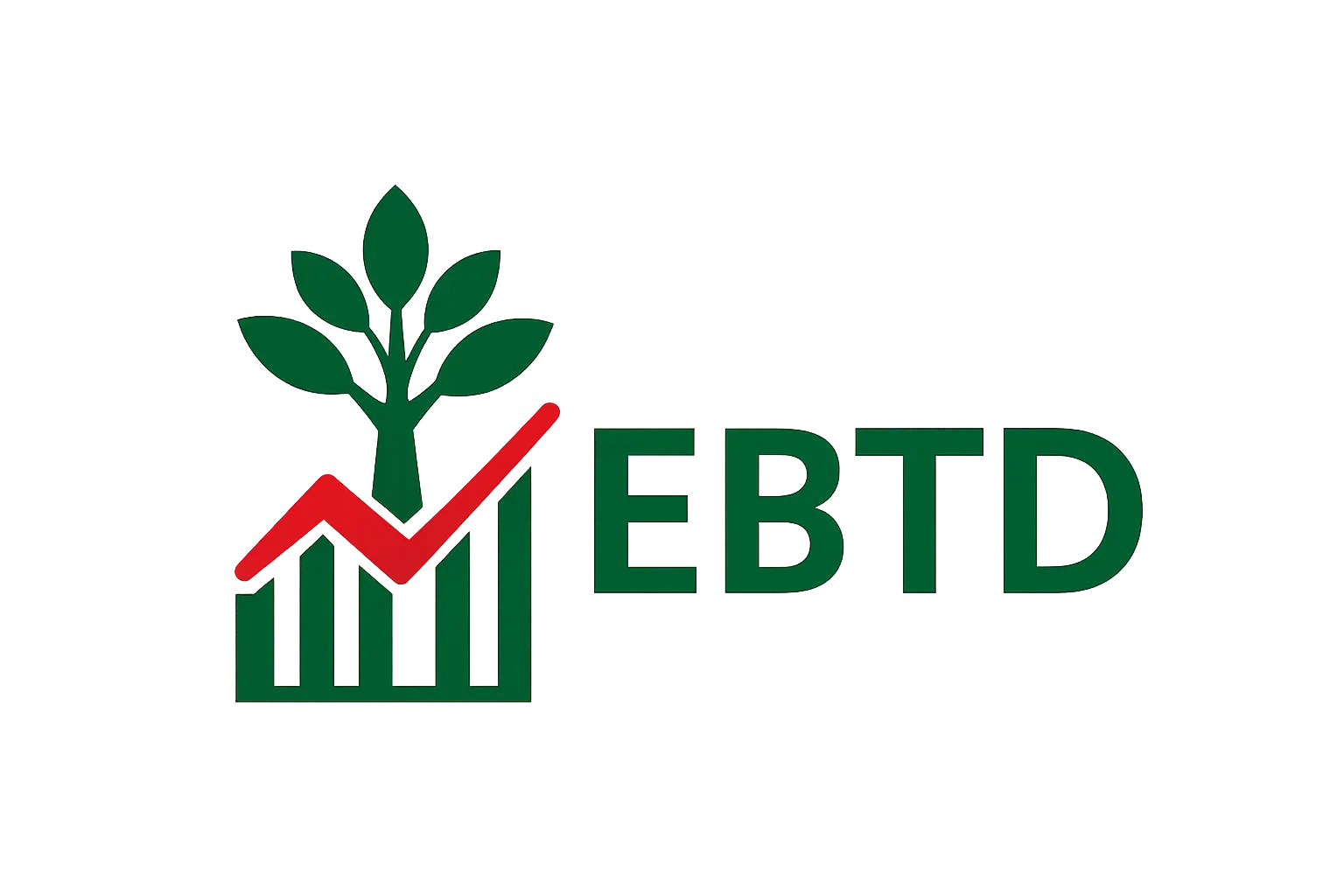
Diagnostic and Screening Tools for Inclusive Teaching in Bangladesh (BD)
Early identification of learning difficulties and special educational needs is the cornerstone of inclusive education. These tools empower Bangladeshi teachers to spot challenges early and respond effectively — ensuring no learner is left behind.
Important note: The following tools are designed to support teacher observation and early intervention. They are not a replacement for professional medical or psychological diagnosis. Their purpose is to guide teachers toward evidence-informed action and timely referral.
UNICEF / Washington Group Child-Functioning Module – Teacher Version (CFM-TV)
📎 Access the Teacher Version (UNICEF, 2021)
The Child-Functioning Module – Teacher Version (CFM-TV) contains 20 concise questions that help teachers identify functional difficulties among students across domains such as seeing, hearing, mobility, communication, learning, and behaviour.
- Who it’s for: Children aged 5–17 in mainstream or special-needs settings.
- How to use: Teachers complete the questionnaire based on classroom observations or short conversations with parents. Results can inform internal reviews or be integrated into school EMIS systems.
- Why it helps: Offers an evidence-based, low-cost approach to identifying students who may need additional support.
In Bangladesh, the CFM-TV provides a practical framework adaptable for large classrooms and limited resources, allowing teachers to systematically capture student needs.
MICS Child-Functioning Module (Community Level)
📎 Explore the MICS Module (UNICEF / Washington Group)
The Multiple Indicator Cluster Survey (MICS) Module extends similar principles to the community level. It identifies functional difficulties in vision, hearing, mobility, learning, communication, and emotional well-being through household or enrolment surveys.
- Who it’s for: NGOs, education offices, and school clusters mapping inclusion data.
- How to use: Collect responses from parents or guardians during outreach or admission drives. Results support inclusion planning and inter-agency coordination.
- Why it helps: Builds a district-wide picture of children with difficulties and informs better resource targeting.
When paired with school-based tools like the CFM-TV, the MICS framework supports data-driven decision-making at both classroom and policy levels across Bangladesh.
Basic Learning Disorder Screeners
📎 British Dyslexia Association – Free Checklists
📎 Understood.org – Teacher Resources
Conditions such as dyslexia, dyscalculia, and ADHD can remain hidden without structured observation. Simple screening checklists enable teachers to recognise patterns early and adjust their teaching accordingly.
- Who it’s for: Classroom teachers, SEN coordinators, and learning-support staff.
- How to use: Complete short observation-based checklists linked to literacy, numeracy, and attention. These do not diagnose but indicate the need for further support or referral.
- Why it helps: Encourages evidence-based referrals and early intervention before learning gaps widen.
For Bangladeshi schools, especially those without access to educational psychologists, such tools offer a practical way to identify and support diverse learning profiles.
Mental-Health Warning Signs Guide
📎 NAMI – Mental Health in Schools
Approximately 1 in 6 young people experience a mental-health disorder. Teachers are often the first to notice subtle warning signs such as disengagement, mood shifts, or sudden drops in performance.
- Who it’s for: All teachers, especially in secondary settings.
- How to use: Adapt NAMI’s framework into a local checklist noting red flags like prolonged withdrawal, irritability, or persistent inattention. Escalate concerns to the SEN lead or counsellor.
- Why it helps: Promotes a proactive safeguarding culture and reduces stigma around discussing mental well-being in schools.
In the Bangladeshi context, structured mental-health awareness helps normalise early conversations about emotional well-being and connects students to support before crises develop.
How These Tools Strengthen Inclusive Schools
Embedding these evidence-based screeners within school systems enables teachers to move from reactive to proactive inclusion. When used effectively, they help schools to:
- Identify learning difficulties early and tailor classroom strategies before students fall behind.
- Empower teachers with the skills and confidence to recognise hidden learning needs.
- Gather consistent evidence that informs school policy, SEN planning, and resource requests.
- Collaborate effectively with parents, NGOs, and health services for referrals and joint support plans.
- Reduce stigma by framing special needs and mental health as shared educational responsibilities.
Used responsibly, these diagnostic and screening tools form the foundation of inclusive education in Bangladesh — where recognition and understanding are the first steps toward meaningful support.
